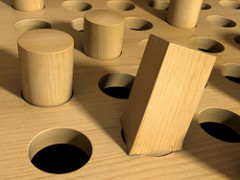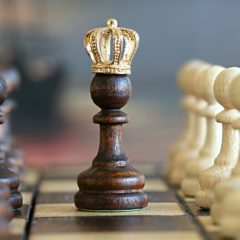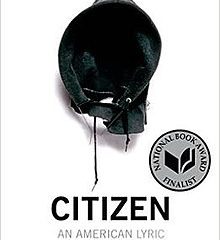By Guest Contributor Shannon Cotton, NBCT
Senate Bill 5395, known as the comprehensive sexual health bill, was a hot topic in Olympia this Legislative session. A few weeks ago I spent 90 minutes watching TVW listening to the state senators make comments about the amendments before a roll call vote which passed the bill 27 to 21.
Legislators talked about constituents who felt as if “government isn’t listening to what they want.” For every parent who wants to exercise their rights to control the sexual health education of their child another family desperately wants their children to have access to health-enhancing information. Shouldn’t our public school system make information accessible to all as long as provisions are made to allow a family to opt out if they wish?
As a National Board Certified health teacher with 16 years experience teaching sexual health to middle school students in Washington state, I have been fielding questions and attempting to help others understand what this bill means to student learning and overall student health. I have spent more hours than I care to admit trying to clear up misconceptions and disprove outrageous propaganda created to spark fear into parents on social media with information that are outright lies.
Here are some facts about ESSB 5395:
Continue reading






 On May 9th, Governor Inslee signed a
On May 9th, Governor Inslee signed a 